|
|
Machine-Age Exposition : Catalogue. — New York, 1927Machine-Age Exposition : Catalogue. — New York, 1927. — 39 p., ill.
Machine-Age Exposition was held on 16-28 May 1927 at 119 West 57th Street in New York, being advertised as the first event bringing together “architecture, engineering, industrial arts and modern art.”
The exhibition was initiated by Jane Heap of The Little Review, a New York literary magazine, and organised along with Société des urbanistes, Brussels; U.S.S.R. Society of Cultural Relations with Foreign Countries; Kunstgewerbeschule, Vienna; Czlonkowie Group Praesens, Warsaw; Architects D.P.L.G, Paris; and Advisory American Section.
The artists committee of the exhibition included Alexander Archipenko, Robert Chanler, Andrew Dasberg, Charles Demuth, Muriel Draper, Marcel Duchamp, Josef Frank, Hugh Ferriss, Louis Lozowick, André Lurçat, Elie Nadleman, Man Ray, Boardman Robinson, Charles Sheeler, Ralph Steiner, Szymon Syrkus and L. Van der Swallmen.
Represented countries: United States, Austria, Belgium, France, Germany, Poland and Soviet Union.
The catalogue contains a panorama of European and American architecture and art, with photo documentation, and following articles: “Foreword: Architecture of this Age” by Hugh Ferriss, “The Aesthetic of the Machine and Mechanical Introspection in Art” by Enrico Prampolini, “Machine and Art” by Alexander Archipenko, “The Americanization of Art” by Louis Lozowick, “French Architecture” by André Lurçat, “Architecture Opens Up Volume” by Szymon Syrkus, “Machine-Age Exposition” by Jane Heap, “The Poetry of Forces” by Mark Turbyfill, and “Modern Glass Construction” by Frederick L. Keppler.
ORGANIZED BY
LITTLE REVIEW, NEW YORK
JANE HEAP
SOCIETE DES URBANISTES, BRUSSELS
LOUIS VAN DER SWAELMEN
M. GASPARD
U. S. S. R. SOCIETY OIF CULTURAL RELATIONS WITH FOREIGN COUNTRIES
AMERICA BRANCH
KUNSTGEWERBESCHULE, VIENNA
PROF. JOSEF FRANK
CZLONKOWIE GROUP “PRAESENS”, WARSAW
SZYMON SYRKUS
ARCHITECTS D. P. L. G., PARIS
ANDRE LURCAT.
ADVISORY AMERICAN SECTION
HUGH FERRISS
ARTISTS COMMITTEE
Alexander Archipenko
Robert Chanler
Andrew Dasberg
Charles Demuth
Muriel Draper
Marcel Duchamp
Prof. Josef Frank
Hugh Ferriss
Louis Lozowick
André Lurçat
Elie Nadleman
Man Ray
Boardman Robinson
Charles Sheeler
Ralph Steiner
I. Syrkus
L. Van der Swallmen
FOREWORDARCHITECTURE OF THIS AGE
Fed by obscure springs, there arose in Greece and Rome the mighty Current of thought and instinct which has swept through the subsequent ages. Could one survey this channel, this Grand Canyon, he might mark how the Stream, cleaving Earth, has sculpted and left aloft the stratas of succeeding civilisations and cultures.
We may examine this architectural record. We may see standing—where the stream once was—the exposed strata of the Romanesque; we may note transitions to the Gothic and to the Renaissance.
America overlooked this Grand Canyon. A few decades ago, there appeared a movement in Architecture which has been described as a modern Renaissance. It consisted of this: a unique progress had enabled us to attain a bird’s eye view of the Past such as had never before existed. We were free to choose. Our architecta, with the visa of scholarly honor and good taste, swarmed and selected.
Now the question is being asked: Is there not proceeding at this moment a truly unique movement in the Arts?
If one seriously asks himself this question, he may be at first halted by the many affectations of “Modern Art”: Architect X is obviously practicing professionally simply because this architect wants to do something “new”; artist Y is painting simply in order to paint artist Y. Does there really exist in the world, at the given moment, any artistic endeavor founded more deeply than in mere personality?
It is a legal fact that in 1918 a regulation was passed in New York City which altered the forms of buildings. This law was passed for certain utilitarian and quite impersonal reasons: to conserve property values, to check traffic congestion, to admit light and air to streets. But this law had a profound effect upon architectural design. Cubes became pyramids. Previously, cube-like masses had been juxtaposed along our avenues in such fashion that but one side of the mass was exposed. Civic architecture became—and has for long been—a problem of designing one side ot a box. Architecture was two-dimensional. Fifth Avenue is a series of stage sets. But pyramids, however juxtaposed, cannot lose identity, location, form, axis and summit. The innovation ot the pyramid-like form produced, in the contemporary architectural mind, a situation.
Many architects proceeded to handle the new form as they had been wont to handle the old. They built the familiar pile of Base, Shaft and Capital as high as they, by law, could: they then “stepped back“ the structure and built up another form of the same parts—and so on, until they had filled the theoretical pyramid with as many classic cubes as possible.
But at the same time, quite different tendencies appeared: Corbett's Bush building, Harmon’s Shelton Hotel, Hood’s Radiator building, Saarinen's Tribune tower. As these giant structures march with deliberate stride into American cities, it becomes apparent that we are facing a new architectural race.
* * *
May we find, in this age of the Machine, tendencies which are more than local to America? The fact is that exhibits are appearing from all parts of the world which unanimously assault a certain accepted convention of Beauty. What has been the criterion for this conventional Beauty? Has it not been simply Pleasure-Pain? Familiarity? Habit? It has been a convention which has called the matured human form—as sculpted by the Greeks—beautiful. But the potential human form—as sculpted, before birth, by Nature—it would call ugly.
It becomes apparent that if we are prepared to leave the pleasant security of forms already matured by others—if we are willing to expose ourselves to a travail of our own—in this event, we will find that Creation demands of us a dedication from which we must be relinquished by Culture.
It is possible that the very stream which hewed the architectural Grand Canyon is itself about to expire. It is possible that we must look elsewhere. It is possible that another stream is already beginning to flow.
HUGH FERRISS
Sample pages
Download link (pdf, yandexdisk; 17,8 MB).
4 августа 2019, 21:54
0 комментариев
|
Партнёры
|

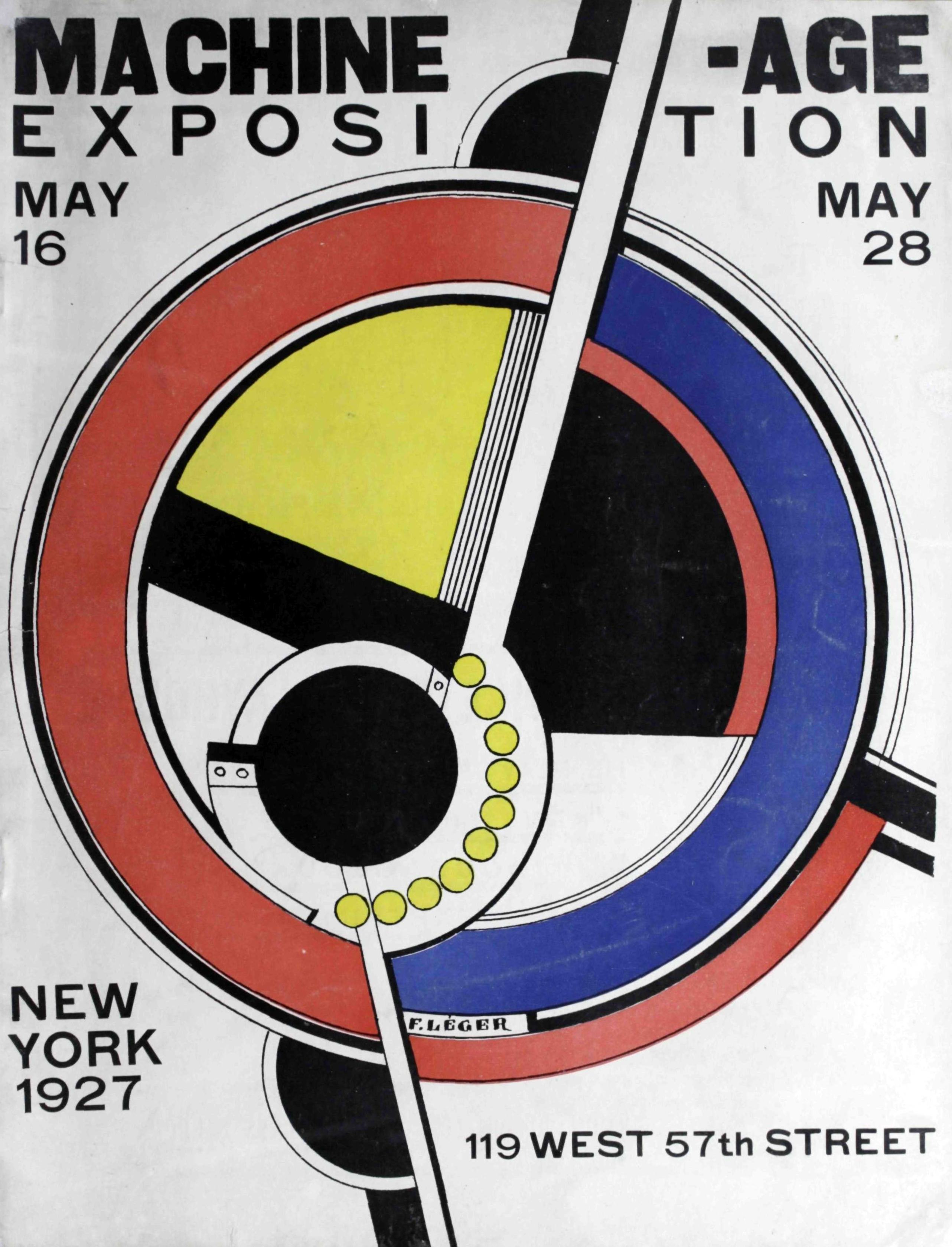
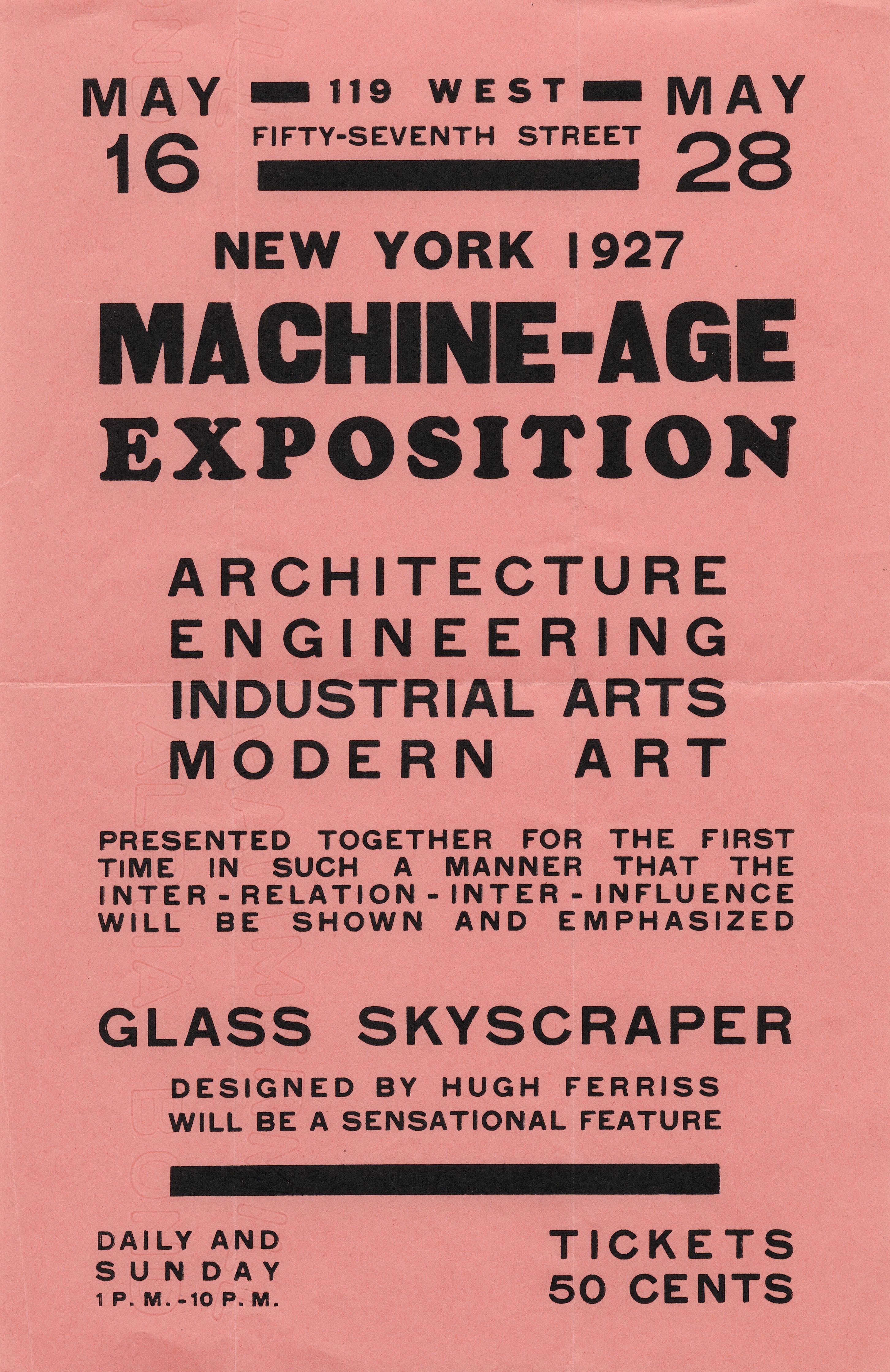
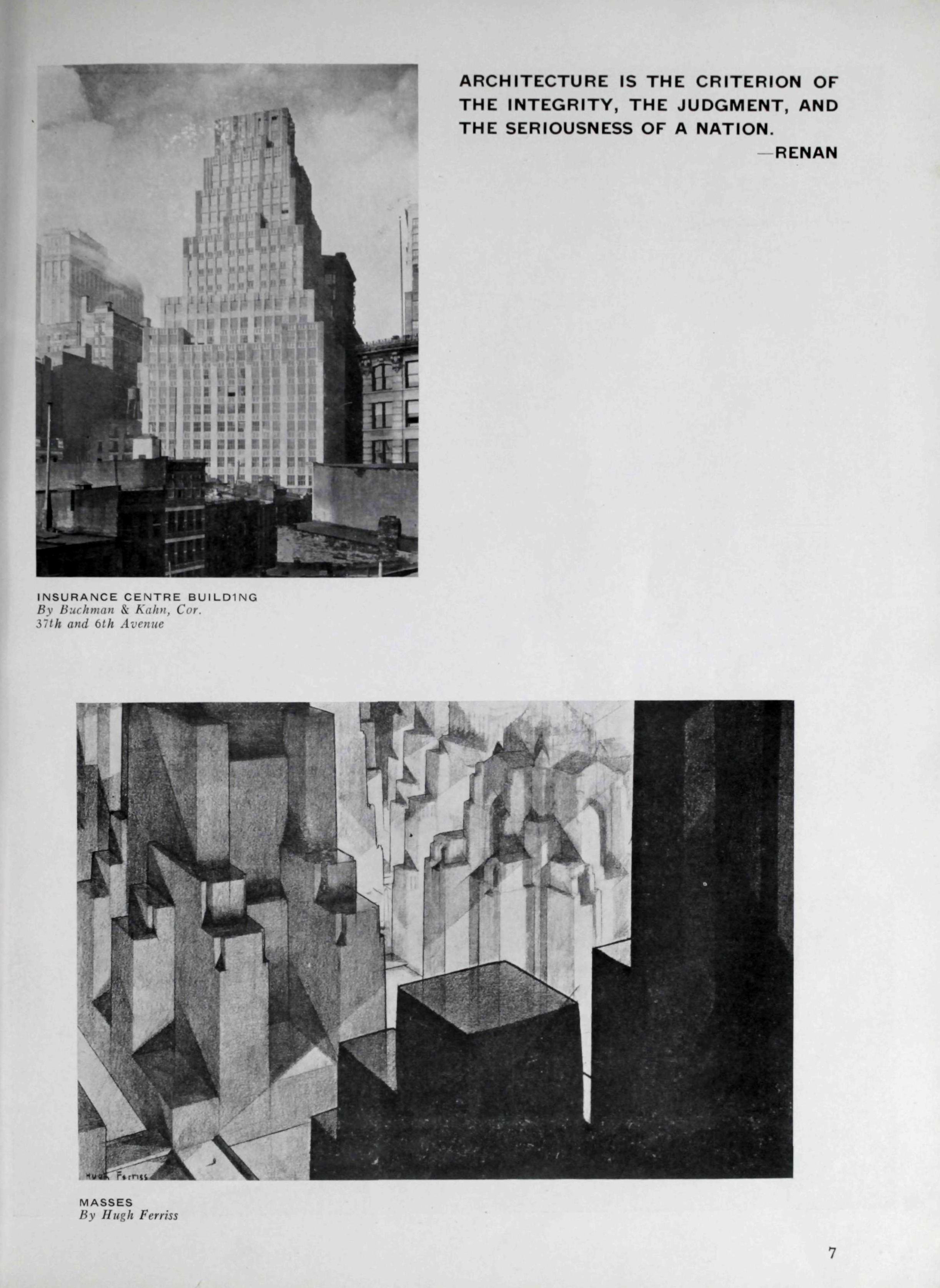
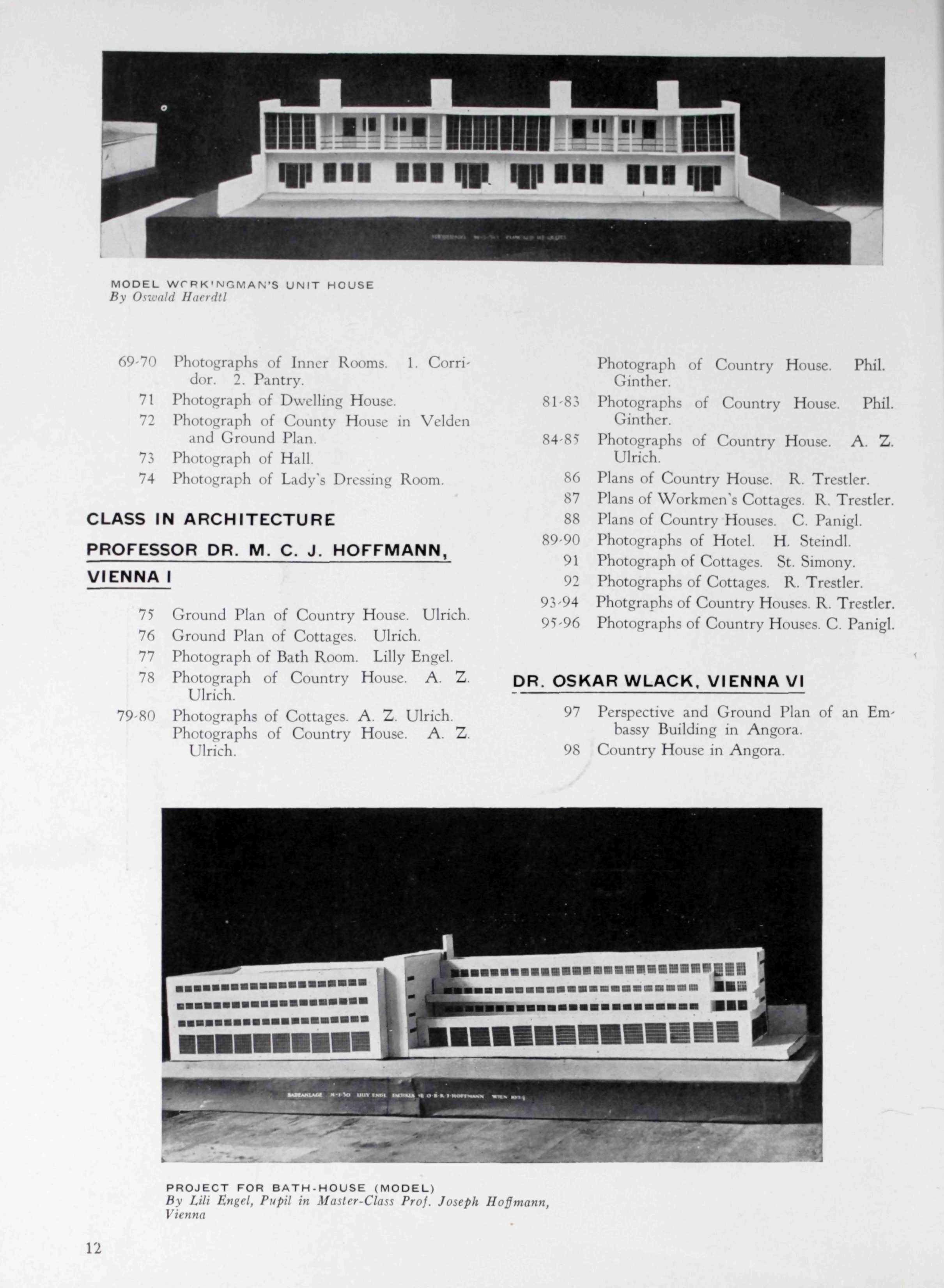
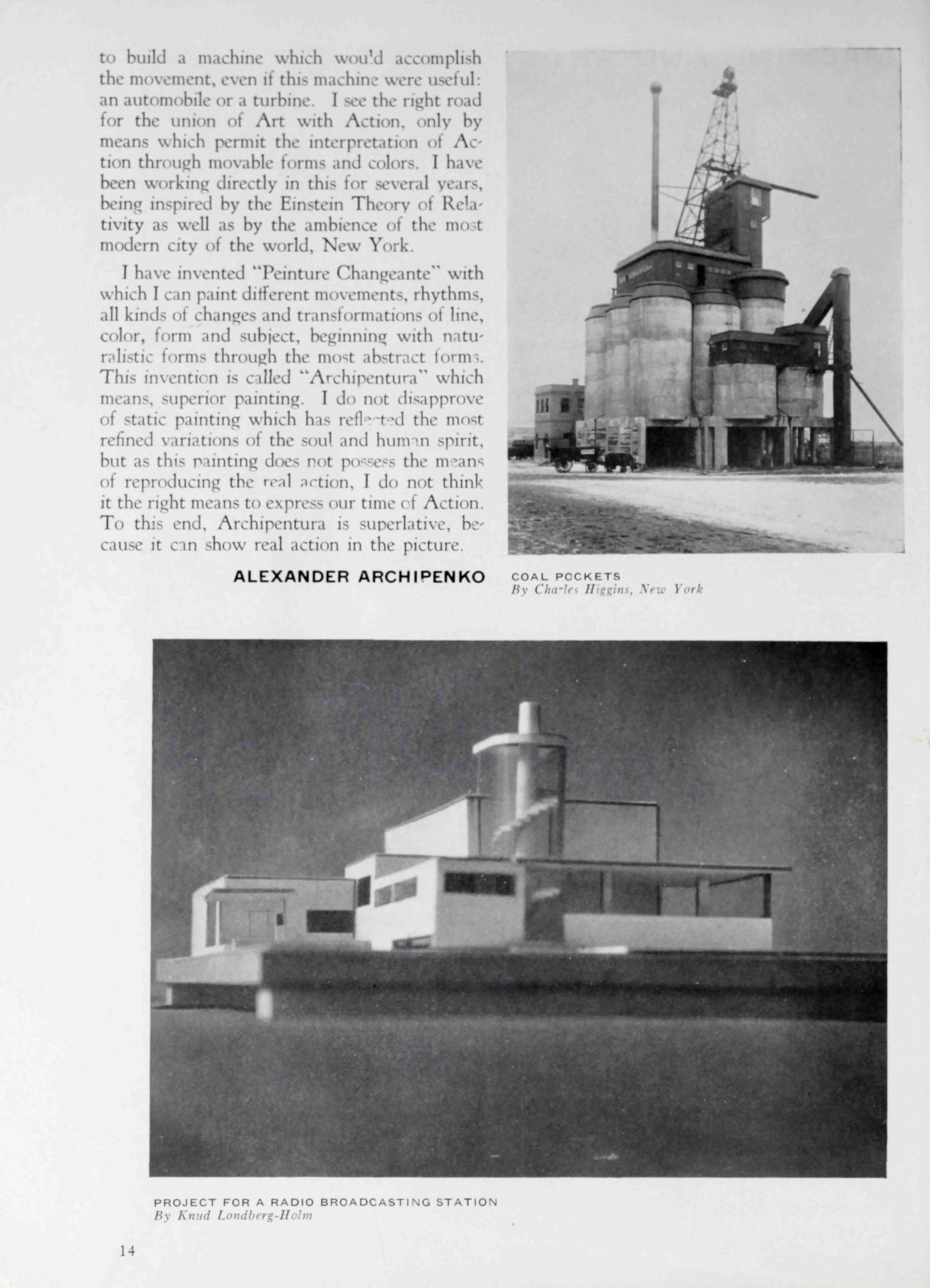

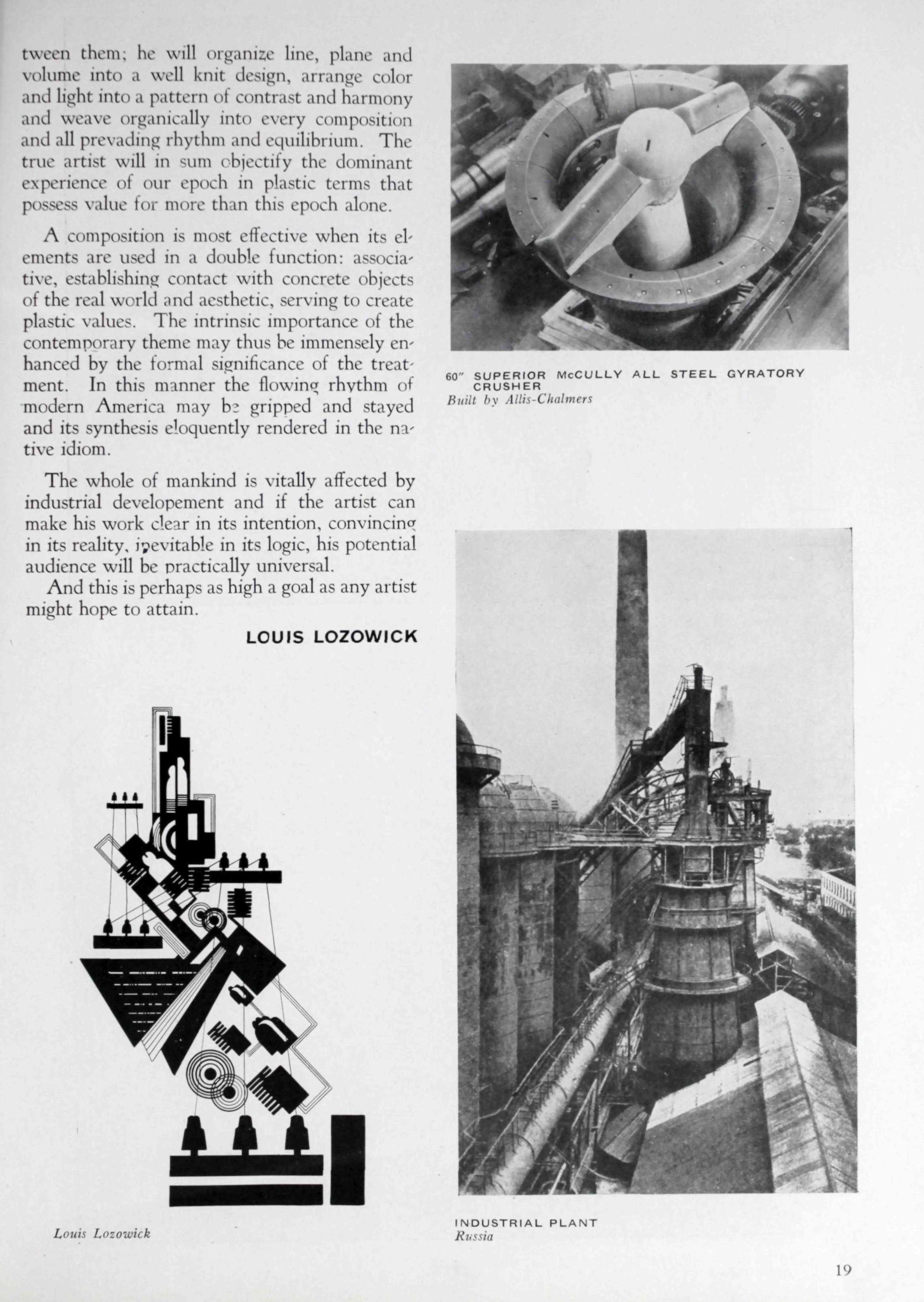
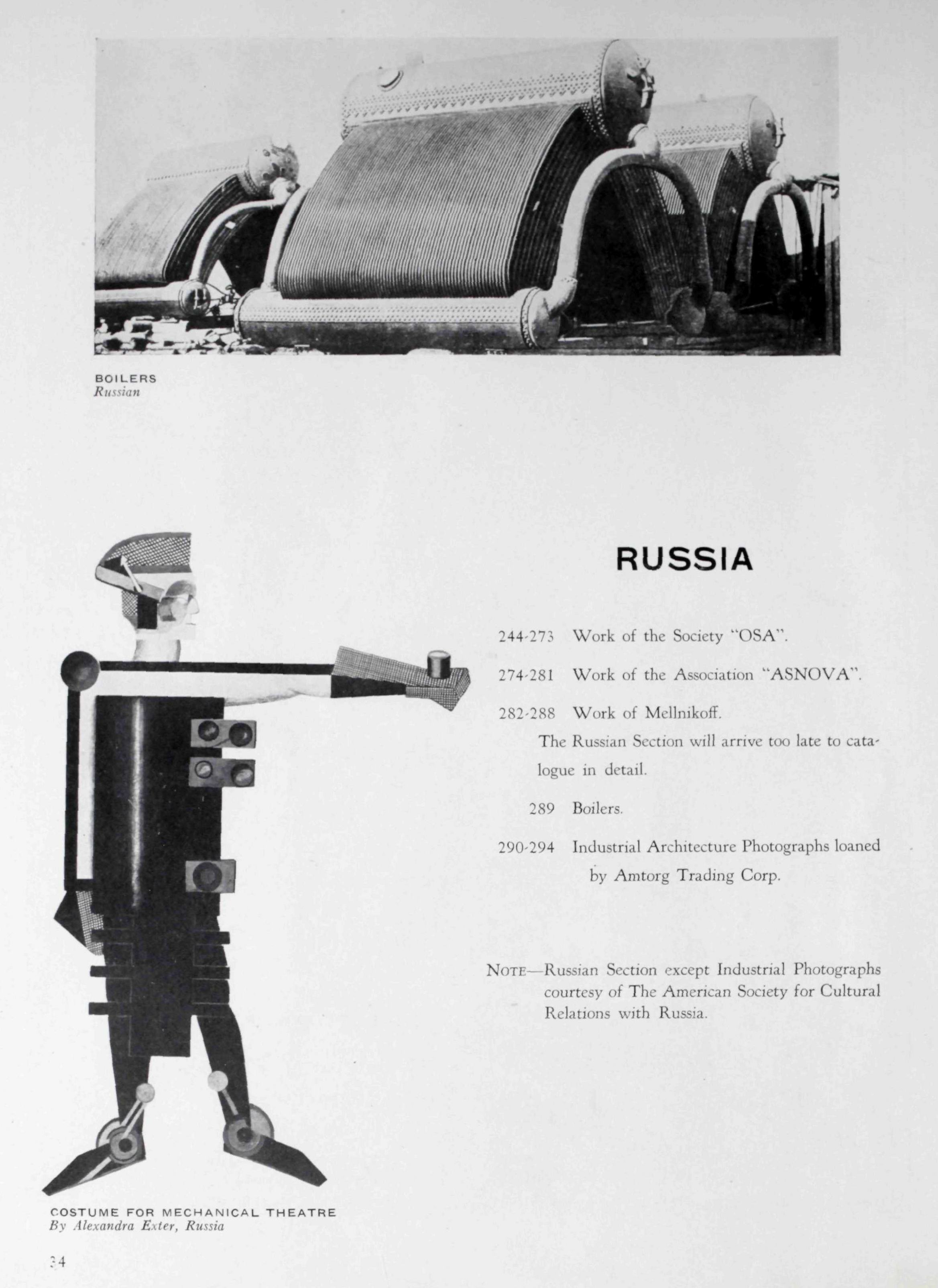
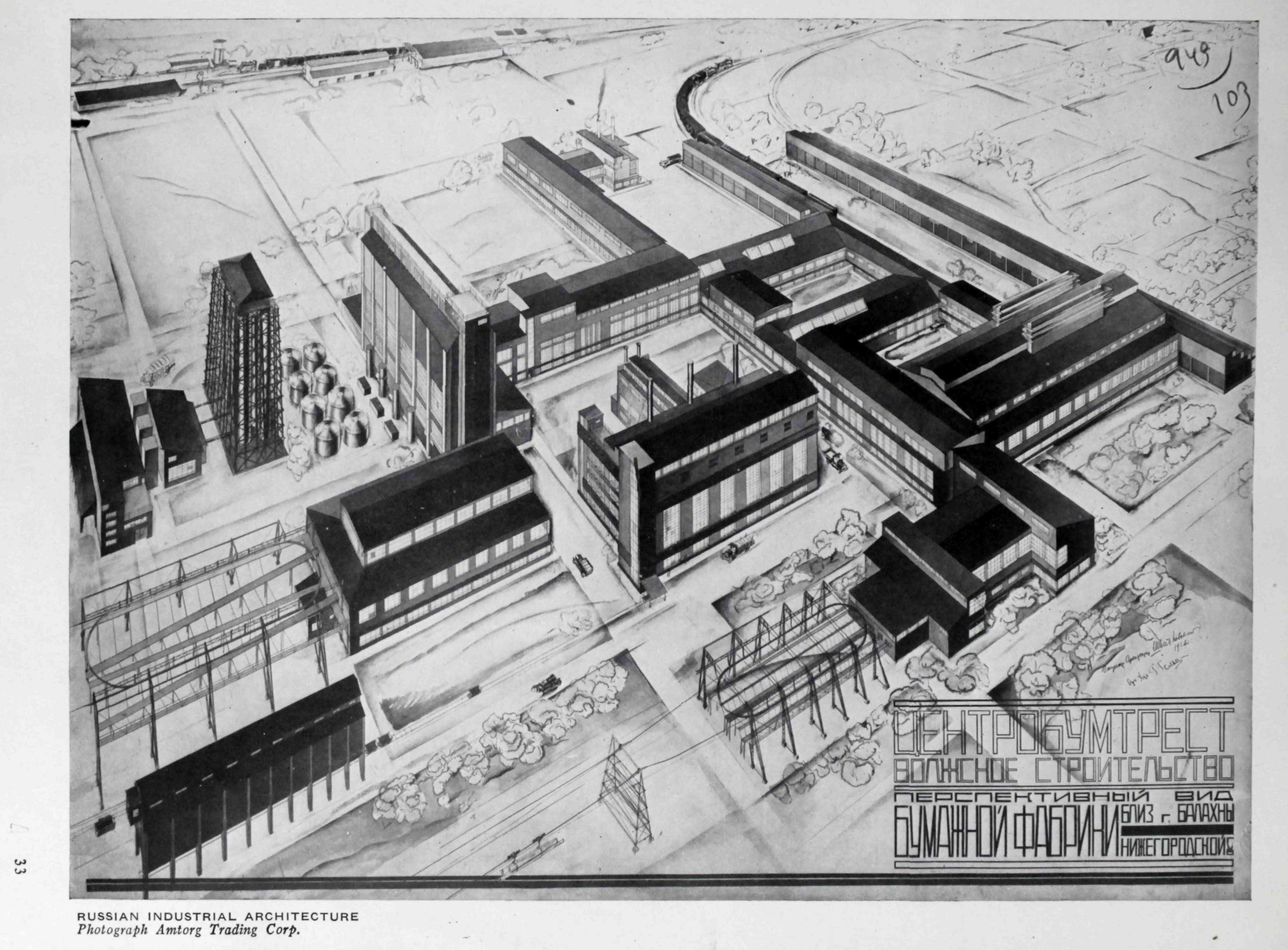





Комментарии
Добавить комментарий